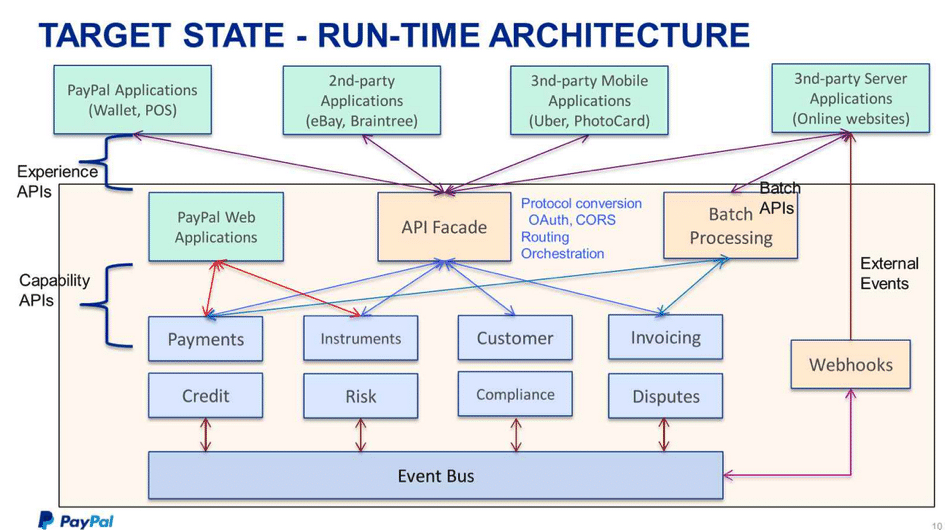The regulatory reform known as the Dodd-Frank Act has been hailed as the most revolutionary, comprehensive financial policy implemented in the United States since the years of the Great Depression. Created to protect consumers and investors, the Dodd-Frank Act is made up of a set of regulations and restrictions overseen by a number of specific government departments. As a result of this continuous scrutiny, banks and financial institutions are now subject to more-stringent accountability and full-disclosure transparency in all transactions.
The Dodd-Frank Act was also created to keep checks and balances on mega-giant financial firms that were considered too big to crash or default. This was especially deemed crucial after the collapse of the powerhouse financial institution Lehman Brothers in 2008. The intended result is to bring an end to the recent rash of bailouts that have plagued the U.S. financial system.
Additionally, the Dodd-Frank Act was created to protect consumers from unethical, abusive practices in the financial services industry. In recent years, reports of many of these abuses have centered around unethical lending practices and astronomically-high interest rates from mortgage lenders and banks.
Originally created by Representative Barney Frank, Senator Chris Dodd and Senator Dick Durbin, the Dodd-Frank Wall Street Reform and Consumer Protection Act, as it is officially called, originated as a response to the problems and financial abuses that had been exposed during the nation’s economic recession, which began to worsen in 2008. The bill was signed into law and enacted by President Obama on July 21, 2010.
Although it may seem complicated, the Dodd-Frank Act can be more easily comprehended if broken down to its most essential points, especially the points that most affect investment banking. Here are some of the component acts within the Dodd-Frank Act that directly involve regulation for investment banks and lending institutions:
* Financial Stability Oversight Council (FSOC): The FSOC is a committee of nine member departments, including the Securities and Exchange Commission, the Federal Reserve and the Consumer Financial Protection Bureau. With the Treasury Secretary as chairman, the FSOC determines whether or not a bank is getting too big. If it is, the Federal Reserve can request that a bank increase its reserve requirement, which is made up of funds in reserve that aren’t being used for business or lending costs. The FSOC also has contingencies for banks in case they become insolvent in any way.
? The Volcker Rule: The Volcker Rule bans banks from investing, owning or trading any funds for their own profit. This includes sponsoring hedge funds, maintaining private equity funds, and any other sort of similar trading or investing. As an exception, banks will still be allowed to do trading under certain conditions, such as currency trading to circulate and offset their own foreign currency holdings. The primary purpose of the Volcker Rule is to prohibit banks from trading for their own financial gain, rather than trading for the benefit of their clients. The Volcker Rule also serves to prohibit banks from putting their own capital in high-risk investments, particularly since the government is guaranteeing all of their deposits. For the next two years, the government has given banks a grace period to restructure their own funding system so as to comply with this rule.
? Commodity Futures Trading Commission (CFTC): The CFTC regulates derivative trades and requires them to be made in public. Derivative trades, such as credit default swaps, are regularly transacted among financial institutions, but the new regulation insures that all such trades must now be done under full disclosure.
? Consumer Financial Protection Bureau (CFPB): The CFPB was created to protect customers and consumers from unscrupulous, unethical business practices by banks and other financial institutions. One way the CFPB works is by providing a toll-free hotline for consumers with questions about mortgage loans and other credit and lending issues. The 24- hour hotline also allows consumers to report any problems they have with specific financial services and institutions.
? Whistle-Blowing Provision: As part of its plan to eradicate corrupt insider trading practices, the Dodd-Frank Act has a proviso allowing anyone with information about these types of violations to come forward. Consumers can report these irregularities directly to the government, and may be eligible to receive a financial reward for doing so.
Critics of the Dodd-Frank Act feel that these regulations are too harsh, and speculate that the enactment of these restrictions will only serve to send more business to European investment banks. Nevertheless, there is general agreement that the Dodd-Frank Act became necessary because of the unscrupulous behaviour of the financial institutions themselves. Although these irregular and ultimately unethical practices resulted in the downfall of some institutions, others survived or were bailed out at the government’s expense.
Because of these factors, there was more than the usual bi-partisan support for the Dodd-Frank Act. As a means of checks and balances, the hope is that the new regulations will make the world of investment banking a safer place for the consumer.
Contact Us
- (+353)(0)1-443-3807 – IRL
- (+44)(0)20-7193-9751 – UK
